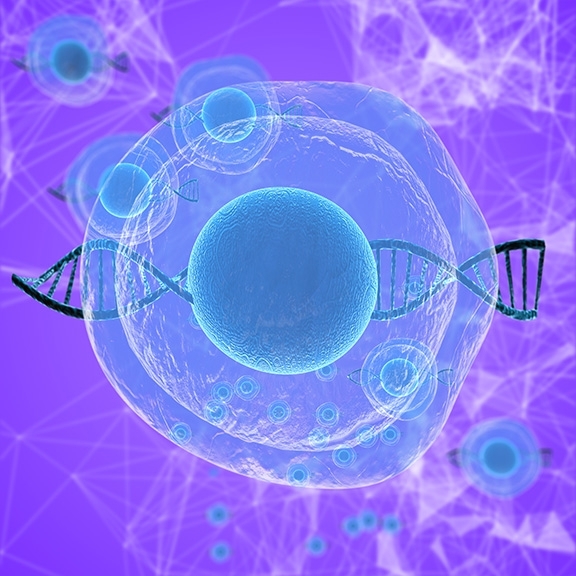Design Your Own Electroporation Protocol: Episode 1 - Converting Between Square & Exponential Decay Waves
By Michelle M. Ng, Ph. D.

In the next series of posts we will be giving tips for developing or improving your own custom electroporation method. The topics we will be covering in this series are:
Episode 1- Converting Between Square and Exponential Decay Waves
Episode 2- Converting Between Different Electrode/Cuvette Gap Sizes
Episode 3- Scaling Up and Down
Episode 4-Temperature Considerations
Episode 5-Transfectant Quantity
Episode 6- Cell Density
Episode 7- Buffer Considerations
Episode 8- General Protocol Ideas for Mammalian Cells
Episode 9- General Protocol Ideas for Bacterial Cells
Today we will explore Episode 1- Converting Between Square and Exponential Decay Waves.
Episode 1 - Converting Between Square and Exponential Decay Waves
Note: Please see our earlier post, Catching the Electroporation Wave, for an explanation of square and exponential decay waveforms.
Converting from Exponential Decay Wave (ECM 399, ECM 630, Gemini) to Square Wave (ECM 830, Legacy ECM 2001, ECM 2001+): Use the same voltage and select a square wave pulse length of 1/2 the exponential decay wave time constant.
- Select the appropriate square wave electroporation mode on the instrument.
- Keep the square wave voltage, gap size, pulse number, and pulse interval parameters the same as the exponential decay wave protocol.
- No need to set Resistance (R, Ω) or Capacitance (C, mF) on square wave instruments
- Set the square wave pulse length to one half the time constant of the exponential decay wave protocol.
Converting from Square Wave (ECM 830, Legacy ECM 2001, ECM 2001+) to Exponential Decay Wave (ECM 630, Gemini): Use the same voltage and adjust the exponential decay wave capacitance and resistance settings to achieve a time constant of 2X the square wave pulse length.
- Select the appropriate exponential decay wave electroporation mode on the instrument.
- Keep the exponential decay wave voltage and gap size parameters the same as the square wave electroporation protocol.
- Set the pulse number: 1 to 2 pulses are available for single sample mode on ECM 630 and Gemini 7" touchscreen instruments. For Legacy ECM 630 instruments, only a single pulse is available per experimental protocol. For protocols requiring more than 1 to 2 pulses, additional pulses may be executed by manually running the protocol more than once sequentially.
- Adjust the instrument resistance (R, Ω) and Capacitance (C, μF) settings on the exponential decay wave generator to achieve a time constant that is double the square wave pulse length
These conversions are theoretical as generally the square wave works best for mammalian cells and exponential decay waves work best for bacteria and yeast.
Please note you may need to do some additional optimization and be willing to accept some drop in performance when using a different waveform than is optimal for your cell type.
For an additional explanation of this theoretical conversion between the two waveforms and some universal electroporation protocols for mammalian cells in both square wave and exponential decay wave, please read the document attached to this link: http://www.btxonline.com/media/wysiwyg/protocol_db/Theoretical_Conversion.pdf
Our next episode is Episode 2 - Convert Between Different Electrode/Cuvette Gap Sizes
Click here to visit our Protocol Database, for electroporation protocols searchable by, system, cell/tissue type, application/transfectant, and citation.



 800-272-2775
800-272-2775
